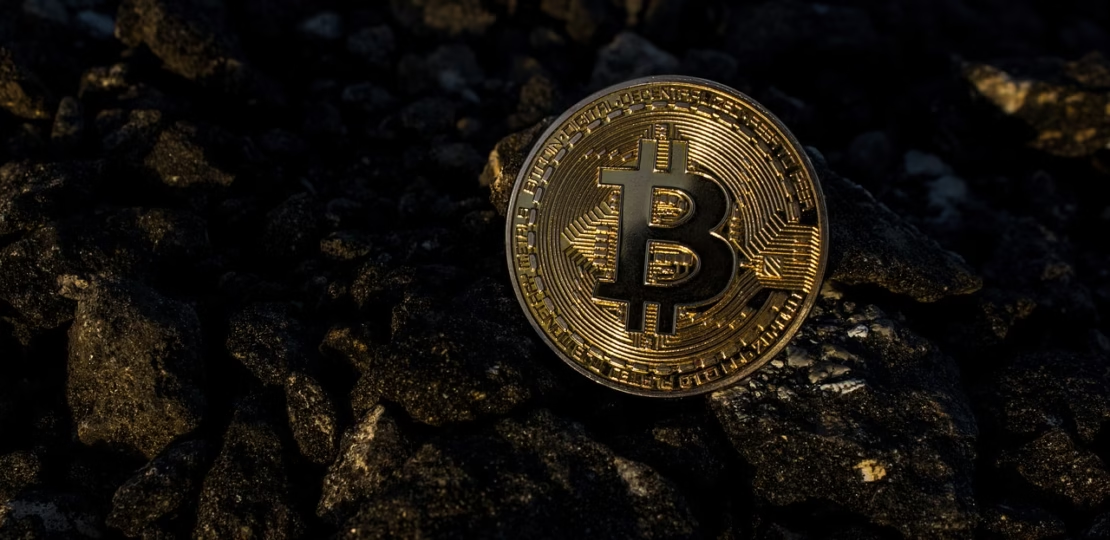“US Banks Cautiously Enter Crypto Markets Amid Evolving Regu
May 29, 2025 | by Sophia Vance

US Banks Cautiously Enter Crypto Markets Amid Evolving Regulatory Landscape
The cold war between traditional US banking and crypto is thawing. Institutions that once eyed digital assets as radioactive are quietly pivoting, staking claims in a territory still defined by uncertainty. No grand parades, no bombastic announcements—just data, strategy, and the unmistakable scent of regulatory reckoning in the air. Let’s cut through the hype and look at what’s really happening.
The Strategic Shift: Reluctant, Relentless, Real
Citi, JPMorgan, BNY Mellon, and State Street—names that have painted the US financial skyline for decades—are no longer content to merely observe crypto’s rise from the sidelines. They’re experimenting with digital asset custody, payment rails, and even tokenization platforms. It’s less about FOMO, more about self-preservation and strategic hedging. Peer pressure from global rivals is mounting. In Europe, Asia, and even South America, major banks have already digitized parts of their treasury operations and client offerings.
- BNY Mellon: Launched digital asset custody—making it the only US bank providing custodial service for both stocks and crypto under a single roof.
- JPMorgan: Their Onyx platform and JPM Coin show how tokenization isn’t just slideware, but enterprise-grade infrastructure in motion.
- Goldman Sachs: Trading bitcoin futures on CME and investing directly in crypto infrastructure startups.
The Regulatory Chessboard: Risk & Redemption
The real story here isn’t about technology, and it isn’t about speculation. It’s regulation—past, present, and future. The SEC, CFTC, and the OCC are locked in a slow-walking dance, making it arduous for banks to move quickly. But there is movement. In 2023 and 2024, we saw:
- The SEC targeting “staking-as-a-service,” sending cease-and-desist letters and extracting big-ticket settlements from non-banks.
- The OCC outlining framework for “crypto activities,” effectively greenlighting conditional engagement with digital assets—if risk controls satisfy strict scrutiny.
- Bipartisan bills in Congress, like the Financial Innovation and Technology for the 21st Century Act, seeking to clarify jurisdictional ambiguity and classify digital assets as either securities or commodities.
What’s Fueling This Cautious Advance?
This isn’t a gold rush, and it’s certainly not a surrender to crypto maximalism. Instead, US banks are following data and opportunity. According to PitchBook, venture funding for digital asset infrastructure surged past $5.5 billion in 2023, while the Federal Reserve reported over $1.8 trillion in stablecoins transacted—most of it outside the regulated banking sector. The writing’s on the wall: Ignore crypto, and you risk irrelevance.
Institutional clients now demand exposure to digital assets—and they want it safely custodied, regulated, and insured. Pension funds, endowments, and sovereigns aren’t buying meme coins. They’re demanding tokenized treasury bills, private blockchain infrastructure, and cross-border settlement rails that move in real time.
Obstacles (and Opportunities) Ahead
For all the progress, the hurdles remain daunting. Crypto’s compliance risks are notorious: anti-money-laundering (“travel rule”), cybersecurity, custodianship standards, and of course, headline risk. US banks won’t—cannot—move at the pace of crypto startups, but their playbook is stealthy and methodical:
- Launching pilot programs using permissioned blockchains (think JPM Coin or USDF Consortium projects).
- Forging partnerships with tech vendors and regulated crypto custodians instead of going full-stack from day one.
- Embedding tokenization and DLT into legacy infrastructure, rather than ripping and replacing overnight.
Some see this as stalling. In reality, it’s a calculated accumulation of knowledge and optionality—the kind that created the titans of 20th-century finance.
Ahead of the Curve: Foresight for Investors
Anyone betting against banks is missing the memo. The scale, networks, and regulatory prowess of America’s financial giants remain formidable. Their cautious crypto advance isn’t a bug; it’s their operating system. When the compliance fog clears—and it will—expect these institutions to claim a defining role in whatever future the crypto ecosystem builds next. In the meantime, volatility and noise are a feature, not a flaw. For those who look past the headlines, the message is clear: legacy finance isn’t retreating. It’s regrouping, recalibrating, and preparing for a future where digital assets aren’t just tolerated—they’re indispensable.
Sophia Vance | Financial Analyst & Crypto Commentator
Making complex markets simple for everyday investors.

RELATED POSTS
View all



